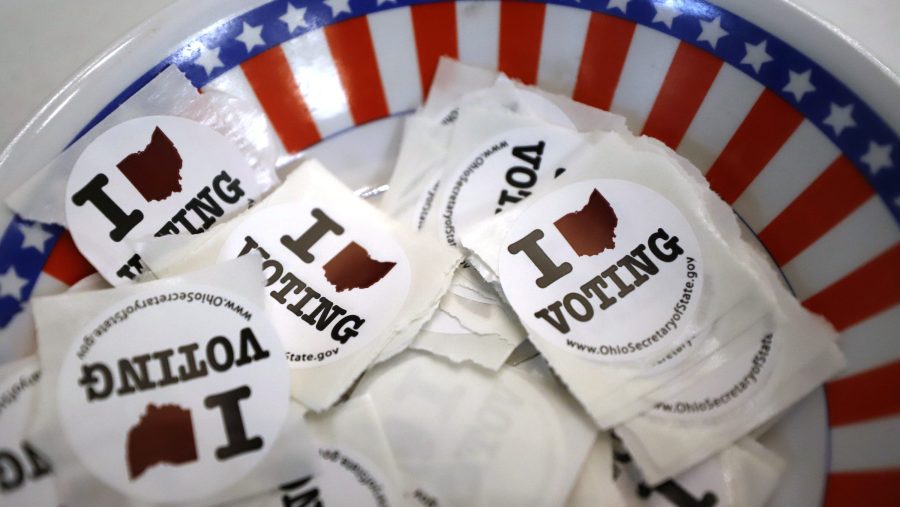COLUMBUS, Ohio (WCMH) — If a Tuesday in November when many people work seems like a random time to hold elections, blame 19th-century farmers.
Federal statute places Election Day on the Tuesday that falls between Nov. 2 and Nov. 8, or the Tuesday after the first Monday in November. The date was chosen in 1845 by Congress, which sought to establish one set date for all Americans. See previous coverage of this upcoming Election Day in the video player above.
Before 1845, states could hold elections any time they wanted to within the 34 days before the Electoral College met in the first week of December. According to Congress, election results in earlier voting states began to influence results in later ones, creating concerns about fraud as travel and communication became faster.
Congress said the first week of November allowed about one month between citizen votes and the Electoral College’s formal vote casting. Congress formalized that date for federal elections, allowing all states to cast votes for president, Senate and the House of Representatives concurrently. State and local elections do not have to fall on a uniform day, but most follow the general election schedule.
According to a report on the Electoral College for the Congressional Research Service, Congress also considered how different dates would affect the largely rural American public. In 1845, most Americans — especially most citizens who could vote — were typically Christian and lived in rural areas.
Congress chose November because that was typically when the harvest was gathered but before snowy weather set in. Elections were typically held in the county seat, so voters often had to take the day to travel. Farmers were much more easily able to spare the time after the harvest.
The Congressional report said travel time also contributed to picking a Tuesday. Sundays were generally seen as a day of rest and worship, so picking a Tuesday guaranteed a full day of travel before Election Day without interfering with Sunday. Religious commitments similarly complicated Friday and Saturday, narrowing it to a weekday.
Wednesday was ruled out because it was the day many communities held their weekly markets, and Congress did not want to interfere with Thursday travel from marketplaces either. Oxford researchers said farmers, huntsmen and fishermen would travel to centralized markets in larger cities or towns and set up shop for the day. Within 50 years, the market system would no longer be the norm, but the date stuck.
By process of elimination, Congress had settled on its date. Nearly 200 years later, there have been attempts to change Election Day to fit modern societal norms.
According to Pew Research, 27 of the 36 countries that are members of the Organization for Economic Cooperation and Development hold their national elections on weekends. Israel and South Korea hold their elections on weekdays but make the days national holidays so work won’t interfere with voting. Canada, Great Britain, Ireland, Norway, Denmark and the Netherlands join the U.S. in weekday elections.
Election Day is a paid public holiday in 13 states, and 17 states require employers to give paid time off to vote. Ohio law does require employers to allow employees to take time off for voting, but Ohio is one of 19 states that does not require employers to offer paid time away.
Congress has considered legislation to move Election Day to a weekend in hopes of improving voter turnout, but no attempt has succeeded. The U.S. lags behind many other countries in election participation. Pew Research found the U.S. rose above 60% voter turnout in the last few presidential elections, but many other countries see turnout above 75%.
Early and absentee voting offer other ways to vote ahead of Election Day. This year, Election Day falls on Nov. 4, and voters must cast their ballots between 6:30 a.m. and 7:30 p.m. at their polling location.










